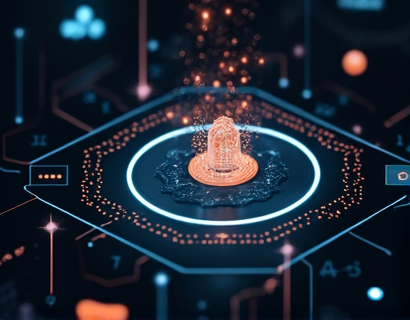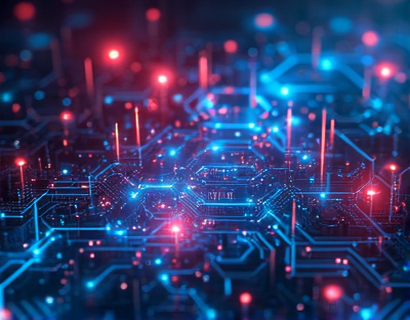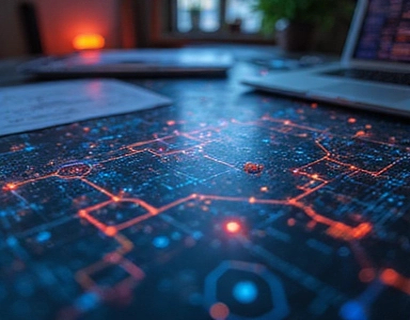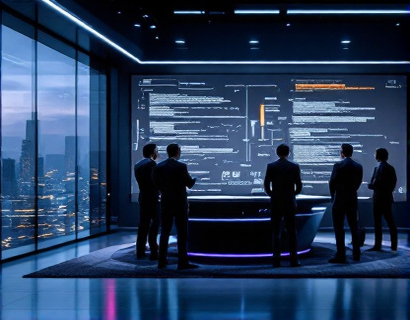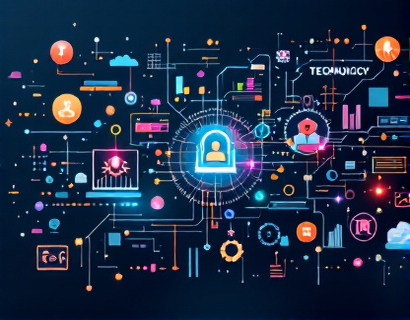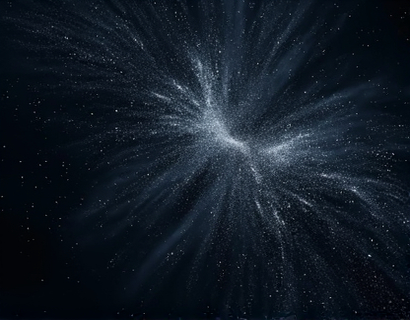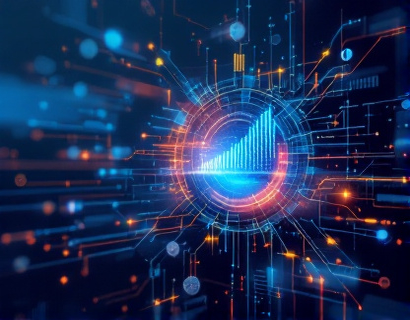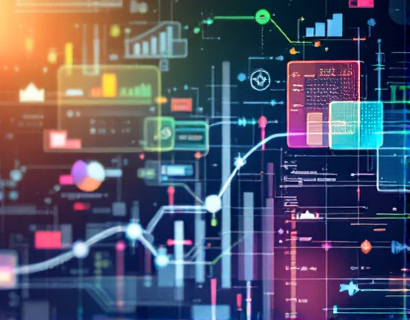AI-Powered Personalized Learning: Transforming Astronomy Education
In the realm of education, the integration of Artificial Intelligence (AI) is revolutionizing traditional learning methods, particularly in specialized fields like astronomy. This transformation is not merely about incorporating technology but about creating a personalized and immersive learning experience that caters to the unique needs and interests of each student and enthusiast. AI-powered personalized learning platforms are redefining how complex celestial concepts are taught and understood, making astronomy more accessible, engaging, and enjoyable.
Personalized Learning Paths
One of the most significant advantages of AI in astronomy education is its ability to create personalized learning paths for users. By analyzing a student's or enthusiast's knowledge level, learning pace, and areas of interest, the AI can curate a tailored curriculum that addresses specific gaps and enhances understanding. This personalized approach ensures that learners are not only exposed to a broad range of topics but also delve deeper into areas that captivate their curiosity.
The AI agent, in this context, acts as a knowledgeable guide, adapting the content in real-time based on user interactions. For instance, if a learner is struggling with the concept of black holes, the AI can provide additional resources, interactive simulations, and simplified explanations to build a stronger foundation. Conversely, for advanced users, the AI can introduce more complex topics such as gravitational waves or exoplanet atmospheres, ensuring the content remains challenging and stimulating.
Interactive Exploration Tools
Interactive exploration is a cornerstone of modern astronomy education, and AI enhances this experience significantly. Virtual reality (VR) and augmented reality (AR) technologies, powered by AI algorithms, allow users to embark on virtual journeys through the cosmos. These tools provide immersive experiences that traditional textbooks and lectures cannot match.
With AI-driven interactive tools, students can manipulate 3D models of celestial bodies, observe planetary movements, and even simulate space missions. For example, an AI can guide a user through a virtual tour of Mars, highlighting geological features, discussing potential habitats, and explaining the scientific methods used in Mars exploration. This hands-on approach not only makes learning more engaging but also helps in retaining complex information through experiential learning.
Expert Insights and Community Engagement
Astronomy is a field rich with expert knowledge and a vibrant community of enthusiasts. AI-powered platforms can bridge the gap between experts and learners by providing access to expert insights and fostering a sense of community. Through AI-mediated forums and discussion boards, users can ask questions, share discoveries, and engage in meaningful discussions with professionals and peers.
The AI can also curate content from leading astronomers and researchers, ensuring that learners have access to the latest findings and theories. For instance, after a significant astronomical event, such as a solar eclipse or the discovery of a new exoplanet, the AI can compile expert analyses, videos, and articles, presenting them in a structured and easy-to-understand format. This not only enriches the learning experience but also keeps users updated with the dynamic advancements in the field.
Enhanced Understanding Through Adaptive Learning
Adaptive learning, driven by AI, is a powerful tool for enhancing understanding in astronomy. By continuously assessing a learner's progress and adjusting the difficulty and type of content accordingly, the AI ensures that the learning process is both effective and efficient. This adaptive approach helps in identifying knowledge gaps and reinforcing concepts through targeted exercises and quizzes.
For example, if a student demonstrates a strong grasp of stellar evolution but struggles with the mechanics of telescopes, the AI can shift the focus to interactive simulations and detailed explanations on telescope technology. This personalized feedback loop not only accelerates learning but also builds confidence and a deeper understanding of the subject matter.
Gamification and Motivation
Gamification is another strategy where AI can significantly enhance the learning experience in astronomy. By incorporating game-like elements such as points, badges, and leaderboards, the AI can motivate students to engage more deeply with the material. These elements create a sense of achievement and friendly competition, encouraging learners to explore further and master challenging concepts.
For instance, completing a series of astronomy quizzes or successfully navigating a virtual space mission can earn a user points and badges. These rewards not only provide immediate gratification but also serve as tangible markers of progress, keeping learners motivated and engaged over the long term.
Accessibility and Inclusivity
One of the most profound impacts of AI in astronomy education is the promotion of accessibility and inclusivity. AI-powered platforms can cater to learners with diverse backgrounds and abilities, providing content in multiple formats and languages. For visually impaired learners, AI can convert visual content into audio descriptions, while for those with hearing impairments, subtitles and sign language interpretations can be automatically generated.
Moreover, AI can break down language barriers by offering real-time translations of content, making high-quality astronomy education accessible to a global audience. This inclusivity ensures that the wonders of the universe are within reach of everyone, regardless of their geographical location or physical abilities.
Continuous Learning and Lifelong Engagement
Astronomy is a field that thrives on continuous learning and lifelong engagement. AI-powered platforms support this by offering ongoing educational resources and opportunities for advanced study. Whether a learner is a high school student, a college graduate, or a lifelong enthusiast, the AI can provide content that keeps the learning journey dynamic and fulfilling.
For example, after completing a basic course on planetary science, a user can progress to more advanced topics such as astrobiology or cosmology. The AI can recommend specialized courses, research papers, and even opportunities for citizen science projects, ensuring that the learner's curiosity is continually stimulated and nurtured.
Conclusion
The integration of AI in astronomy education marks a significant leap forward in making the study of the universe more personalized, interactive, and accessible. By leveraging AI's capabilities, learners can explore the cosmos in ways that were previously unimaginable, fostering a deeper understanding and a lasting passion for astronomy. As technology continues to evolve, the potential for AI to transform education in this field is boundless, promising a future where the mysteries of the universe are within the reach of everyone.






